CJP cannot compel anyone to sit on a bench: Supreme Court
Supreme Court clarifies bench formation procedures, dismissing concerns raised by PTI’s legal team.
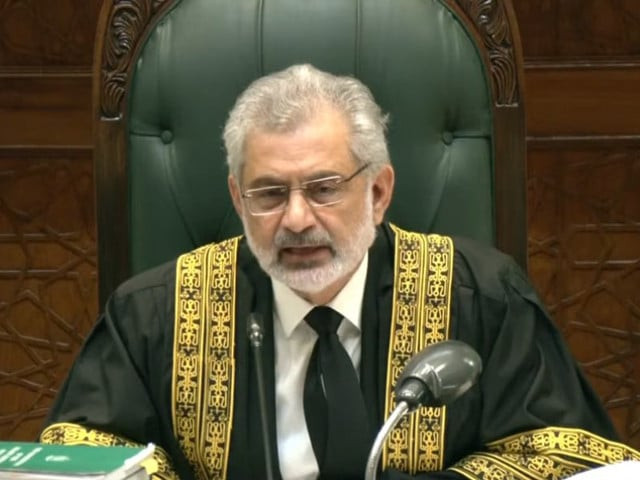
The Supreme Court of Pakistan has rejected objections raised by the Pakistan Tehreek-e-Insaf (PTI)'s legal team during the hearing of the Article 63-A review case.
The court stated that the chief justice cannot compel any judge to sit on a bench and that the objections raised were not legally justified.
The court also dismissed the concerns regarding the late filing of the review petition and the formation of the bench, clarifying that the review petition was filed 21 days before the detailed decision was issued.
Bench formation questioned
During the proceedings, PTI’s lawyer, Ali Zafar, raised concerns regarding the formation of the bench, objecting to the presence of certain judges.
However, the Supreme Court stated that bench formation is carried out according to the law, and the chief justice cannot force any judge to be part of a bench.
The court said that Justice Mansoor Ali Shah had voluntarily excused himself from the bench, following which Justice Naeem Akhtar Afghan was included.
Rejection of out-of-turn review claims
The court also addressed the issue of the petition being heard out of turn, a claim raised by the PTI legal team.
The court clarified that the review petition was rightly scheduled and dismissed this objection as well.
It stated that the opposition to the review petition being filed out of time was not supported by Additional Attorney General and Farooq H. Naek, while Ali Zafar was the only one objecting.
The court further explained the role of the President in filing the reference.
It stated that the President, as a symbol of national unity, does not need to issue notices to every citizen when filing a reference, clarifying the legal process.
The Supreme Court made it clear that while the chief justice is responsible for forming benches, he is not legally required to provide an explanation for his decisions.
However, in this case, the chief justice chose to issue a clarifying statement despite not being bound to do so by law.


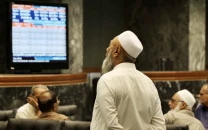
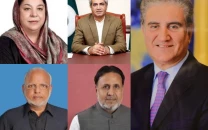
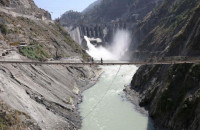

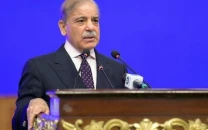












COMMENTS
Comments are moderated and generally will be posted if they are on-topic and not abusive.
For more information, please see our Comments FAQ